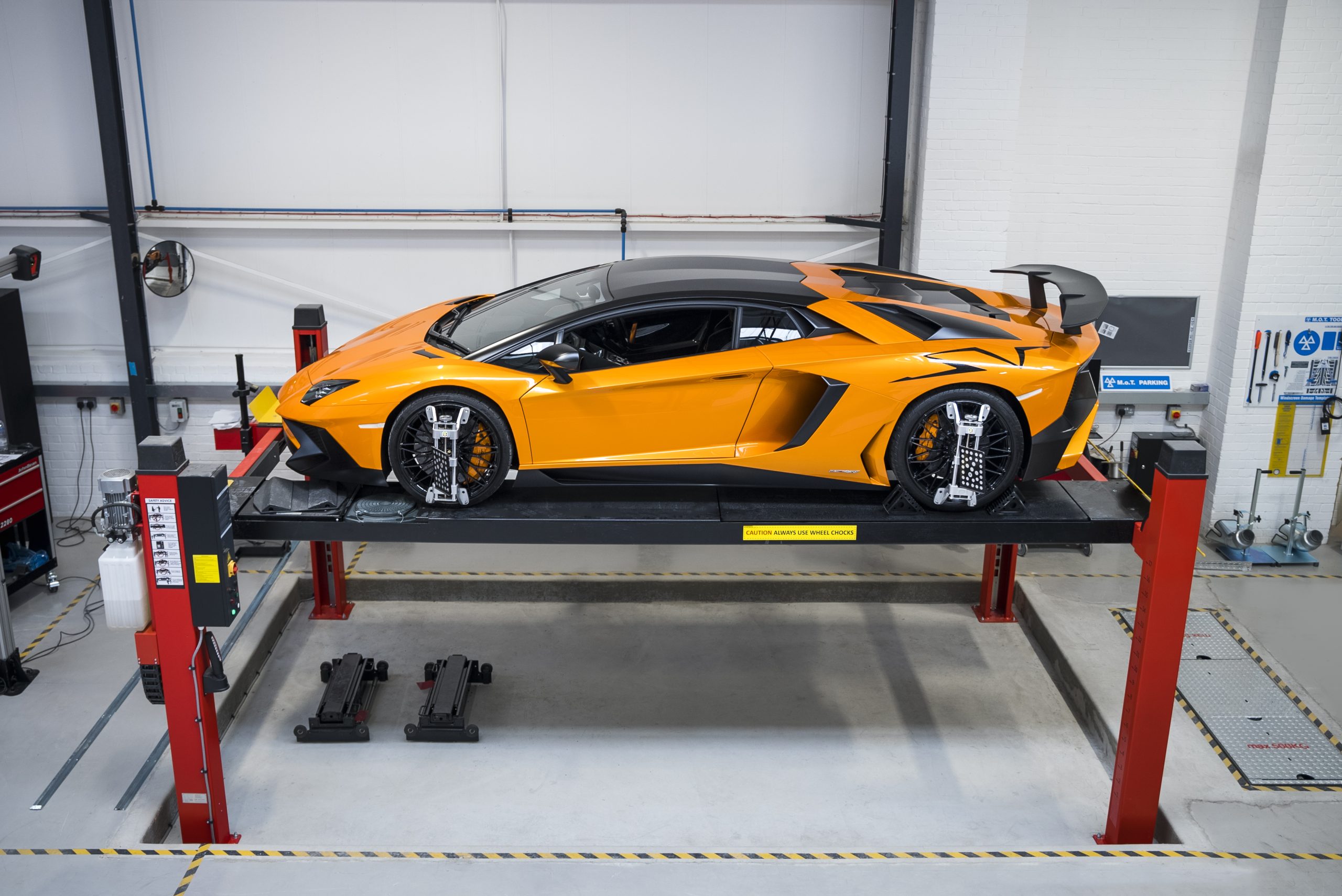
2015 Aston Martin Vantage GT12 review
What is it?:
The result of “a growing frustration at seeing other brands’ GT3 cars so well represented at track days”. At least that is how Marek Reichman, Aston Martin’s design director, explains part of the thinking behind this, the new Vantage GT12.
This, then, is the most hardcore, track-focused variant of the Aston Martin Vantage, which, in V12 S form, is already hardly a shabby track car in itself. It’s so unshabby, in fact, that we placed it in the top three in our Britain’s Best Driver’s Car contest two years ago.
The GT12 – which was to be called GT3 until Porsche became unnecessarily uppity about the name – takes the V12 S as a base and makes it even more extreme. Think of it as Aston Martin’s answer to a Ferrari 458 Speciale, only it’s yet more exclusive and yet more expensive. Aston will build 100 (all of which are already sold) at £250,000 apiece.
The changes run pretty deep to justify that cost, though, and they’re inspired by Aston’s own GT3 race cars. Hence the wings, the splitters and the (optional) paint finish. This is the lowest, widest Vantage ever, then, some 50mm wider than standard and fitted with lightweight carbonfibre bumpers, front wings, bonnet and, optionally, roof. Get really serious about saving weight and you can specify plastic rear and rear quarter windows, too.
Do so and you’re looking at a car that is an impressive 100kg lighter than standard, at 1565kg at the kerb. The body alone is 20kg lighter, which isn’t bad going given that it now includes a wing the size of a picnic table on the bootlid. It, along with a new splitter and rear diffuser, makes sufficient downforce that the top speed drops from the 205mph of the V12 Vantage S to 185mph. No complaints from us; there’s barely a circuit in the world where you’d hit more than that in a road car anyway.
Inside, the weight saving is, typically, even easier to find than it is on the outside. Substitute leather and foam, and whatever they cover, with a single layer of carbonfibre and you have the makings of a cabin that feels the part – especially when it’s finished this impeccably. What isn’t carbonfibre is Alcantara, both of which I rather like, and even though it might seem a bit incongruous to retain the stereo and satellite navigation, we must remember that this is a track car, not a racing car.
To go with the weight decrease comes a significant power increase. The standard V12 Vantage S makes 565bhp, which is plenty for its chassis. The GT12’s 5.9-litre V12 receives magnesium inlet manifolds with revised geometry and a titanium exhaust system (saving 19kg alone) and it now produces a walloping 592bhp.
The 0-60mph time falls by 0.2sec to 3.5sec, which may not sound like a great deal, but remember this is a front-engined, rear-wheel-drive car and traction, whether you have 550bhp or 600bhp, is the limiting factor. So too, likely as not, is the single-clutch, seven-speed robotised manual gearbox, which, although having a new torque tube and being recalibrated for faster shifts, could prove to be less sophisticated than the best dual-clutch automatics.
What’s it like?:
There’s certainly a lot of old-school charm about the way the GT12 fires up. It’s the sort of car best started away from neighbouring bedrooms very early in the morning; the noise, unadulterated by turbochargers, is pure and aggressive.
But overall the GT12 is only similarly aggressive should you want it to be. There are three-stage adjustable dampers, which go from Normal, through Sport and to Track. Separately, there’s a Sport mode for the powertrain that sharpens the throttle and gearshifts and makes more noise, more often.
Leave both settings in their easy modes and the GT12 retains much of the charm that makes the V12 S so special. By no means is it a cosseting GT car like a DB9 – there’s too much road noise for that – but the underlying firmness never degrades into discomfort, while the steering is smooth, positive and, for the most part, uncorrupted by cambers or surface imperfections. Like a Porsche 911 GT3 or a McLaren 675LT, the GT12 would be agreeable company between a UK home and Spa Francorchamps.
What it’s like when it gets to a blistering race track is a verdict that will have to wait for another day, but on good UK roads – by which I mean, generally, quite bad roads – it’s an extremely well-sorted car.
The ride in Normal gives sufficient body control for sensible driving, but flicking through to Sport adds a spot of extra composure. Track mode is too firm for British roads, but the variations between modes aren’t miles apart, and that’s exactly as it should be. These are settings that feel honed by drivers and engineers who haven’t been told to make exaggerated differences between modes just so customers can feel them more easily.
The rest of the chassis builds on the strengths that were already there. Despite having a large-capacity V12 up front, the GT12 doesn’t feel particularly nose-heavy. Yes, it feels less agile than, say, a 458 Speciale or a 911 GT3, but given where the engine is and the size of it, that’s no surprise whatsoever. But it’s definitely more sports car than GT.
Trail the exceptional brakes into a corner and the nose stays firmly planted, and there’s fine mid-corner balance. On the way out of a bend, it’s the traction control, rather than the throttle, that dictates how quickly you’ll enter the next straight. Disable the electronics and it feels like there’s abundant opportunity to light up the rear tyres (something we’ll explore more on track later, rather than on the road in the middle of Warwickshire), but the throttle response and the noise, should you want, are truly spectacular.
So, too, is the steering. This is a high point of the V12 Vantage S – superior in weight, feel and speed to, say, a Ferrari F12’s rack – and it absolutely remains that way here. It gives the sort of feedback for which I’d rightly be laughed out of the office for calling something such as ‘granular’, but it is supremely informative and natural in feel. The short of it is that the steering tells you precisely what you want to know, and very little that you don’t want to hear, about what’s going on with the front wheels.
And the gearbox? Well, it changes gear when you ask it to, but beyond that, let’s not dwell. It’s unusual these days to find an automated gearbox that responds more smoothly if you lift the throttle mid-shift. It’s better if you’re flat out, which, on the road, you rarely will be. Still, it genuinely doesn’t seem to matter that much in a car such as this.
Should I buy one?:
The Aston Martin Vantage GT12 is a terrific driver’s car. It’s raucous and loud when you want it to be yet acceptable company when you don’t, while at all times it’s honest. This is a sports/GT car right out of the old school, and it’s all the better for it.
Source: www.autocar.co.uk
RECENT POSTS
SERVICES
Contact Us
"*" indicates required fields












![Porsche 911 [992] GT3 2022 • 2… 2015 Aston Martin Vantage GT12 review](https://scontent.cdninstagram.com/v/t51.29350-15/439251211_362309012883486_5932894128547350211_n.jpg?_nc_cat=105&ccb=1-7&_nc_sid=18de74&_nc_ohc=rhDoPQgqyJ0Ab4nhL-h&_nc_oc=AdiYj1YqowGa4pfED1_7EXO1GXLGptj-H5EpSxIkOL7V1CzPQhfqhjTZGqNIyJ_UqhjOw796uKVHGMkcjlU8thir&_nc_ht=scontent.cdninstagram.com&edm=ANo9K5cEAAAA&oh=00_AfBCRNxolVASgW_jtdOCnfaPxRaOPlR9VKk9MN1T_drheQ&oe=662E8DFE)